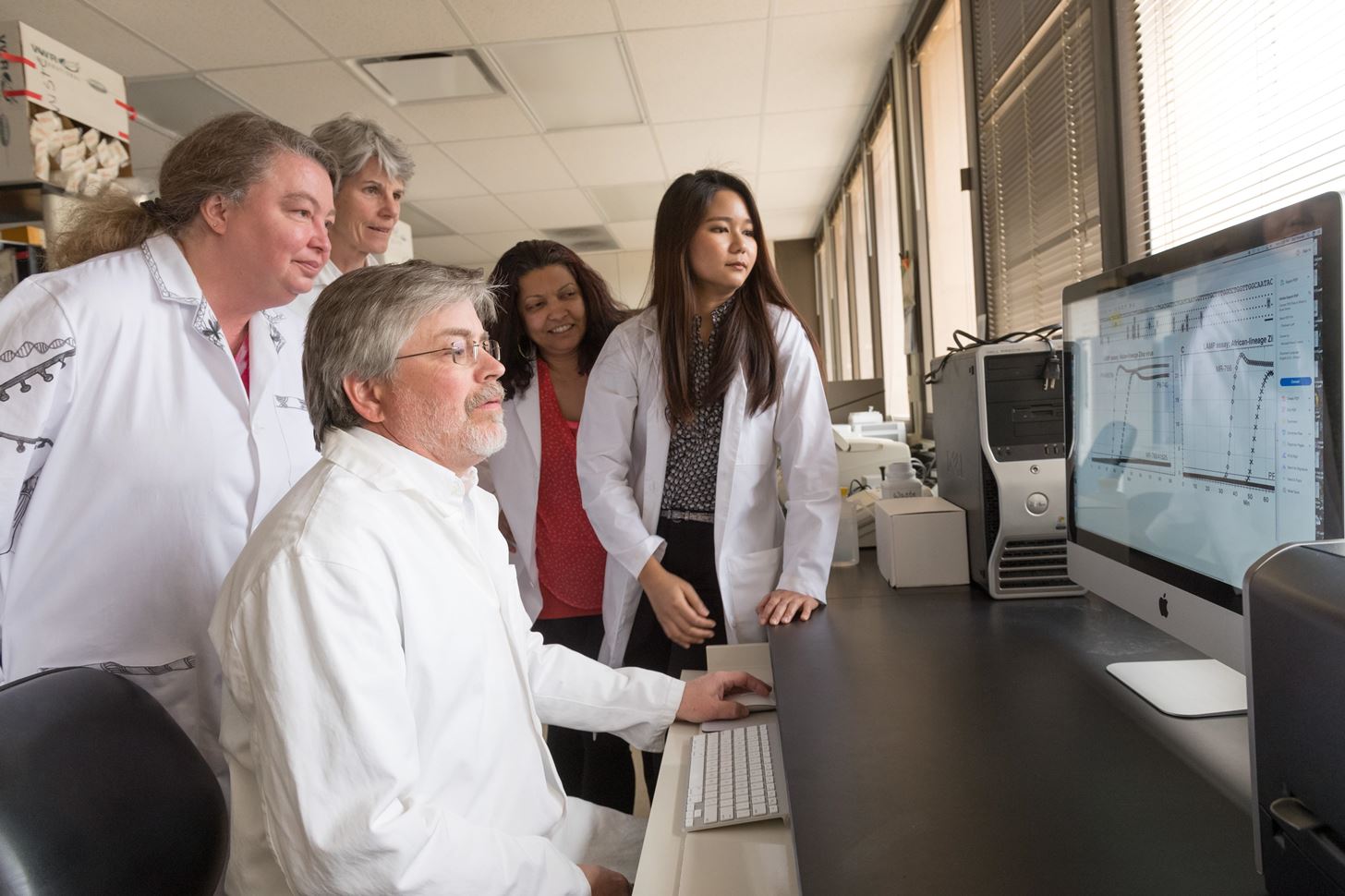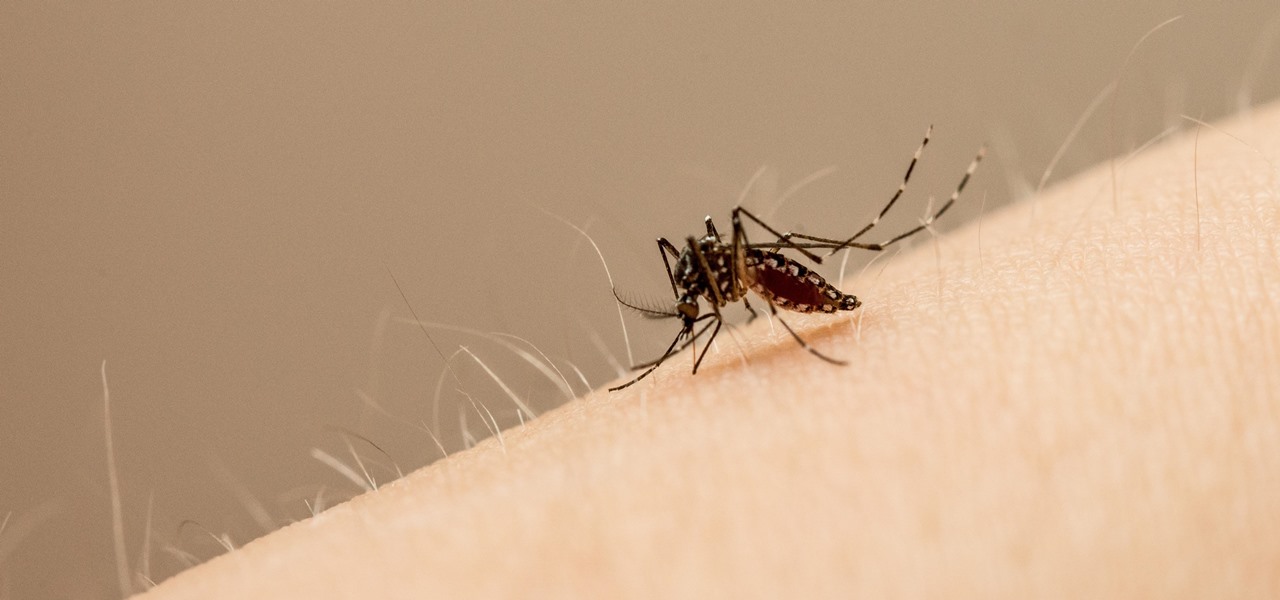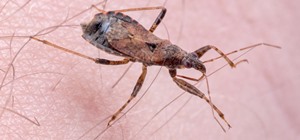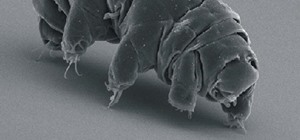Colorado State University scientists have developed new tech that quickly identifies the presence of Zika virus in mosquito populations — and in human body fluid.
For hard-hit nations like Brazil and Nicaragua, a field-ready test that not only identifies Zika, but also the strain of Zika, in local mosquito populations dramatically lowers biosurveillance costs and offers healthcare providers a heads-up on the virulence of incoming Zika infections.
The technology, described in research published in the journal Science Translational Medicine, also detects the Zika virus in human fluids like blood and semen. With the extensive geographic spread of Zika, new detection methods of Zika in mosquitoes in the bush — and in the human body — could save lives.
Co-author and Colorado State University Associate Professor Brian Foy discovered the virus could be transmitted sexually, in addition to spreading by mosquitoes. Returning from a research trip to Africa, Foy unknowingly transmitted the virus to his wife, before his symptoms became apparent. The unfortunate infections led to better understanding of transmission routes taken by the Zika virus.
As of April 26, 2017, there have been 5,264 cases of Zika reported in the US, with 4,963 of these confirmed in travelers returning from Zika-affected areas. A total of 1,762 of those US infections were in pregnant women, and approximately 65 of those newborns or fetuses had Zika congenital syndrome.
Media reports are circulating about extremely low numbers of babies born with microcephaly in Puerto Rico (a US territory; not included in the numbers above), which seems to be due to how the different countries report and categorize Zika-related birth defects. To date, there have only been 29 confirmed cases in Puerto Rico.
For the US, Puerto Rico, and many other countries battling Zika, mosquito control is one weapon against the spread of the virus. Large scale aerial spraying of insecticides in Florida began in 2016. One of the insecticides approved for use in Florida is Nalad, a highly toxic chemical that impacts the nervous system of insects, animals, and humans that absorb it through inhalation, ingestion, or physical contact.
For municipalities facing off on the infectious danger of Zika and the chemical damage of pesticides, the new LAMP assay, or test, developed by Colorado researchers offers a more focused approach to pesticide application.
Referring to loop-mediated isothermal amplification, the LAMP test allows scientists to make copies of genetic information (making its presence easier to detect in a sample) with less equipment and machinery — and for cheaper. Co-author and Assistant Professor Joel Rovnak remarks in a press release, "With LAMP, you don't need the sophistication of a machine."

Instead of a laboratory setting and a machine costing approximately $25,000, the cost of the primary piece of equipment used in a LAMP test, a heating block, costs about $250. The test is performed in the field using a battery. Researchers collect mosquitoes, squish them with water and chemical reagents, and incubate the mixture in a single tube over the heat block. In response, the contents of the test tube cloud and change color to indicate results, within about 30 minutes to an hour. Testing with standard lab equipment can take one to three days.
Site sampling with LAMP gives authorities information about the virus that could be circulating in local mosquitoes, along with its prevalence — or how many mosquitoes tested are carrying the virus. The test is sensitive enough to detect one infected mosquito within a collection of 50 uninfected mosquitoes.
Testing Human Body Fluids with the LAMP Method
Zika infections in the US and its territories seem to be more frequent when the mother is infected with the Asian lineage Zika virus. There are currently two known Zika strains, Asian- and African-lineage. The Asian strain is considered more virulent, causing more severe symptoms, but that could be because it is the most prevalent strain at present.
Zika viruses circulate with other mosquito-vectored viruses like yellow fever, chikungunya, and Dengue viruses. Importantly, the LAMP test does not produce false positive results for these pathogens, even if they are present in mosquitoes or human fluid samples.
In their tests, researchers were able to detect Zika strains in human blood, urine, plasma, saliva, and semen. Scientists evaluated human body fluids containing Zika virus, and also samples from infected individuals.
The LAMP test now goes to a pediatric hospital in Managua, Nicaragua, for a side-by-side comparison with current testing methods to assess its effectiveness.
Fast and simple virus RNA detection will support interdiction efforts in mosquitoes and quickly inform medical decisions for acutely infected patients. The LAMP assay… can be used to detect a variety of flaviviruses with the use of appropriate primers.
A Senate panel recently approved $100 million in grant money to fight mosquitoes infected with Zika. Using inexpensive tech like the LAMP test could help authorities spend their money wisely — and safety.
Just updated your iPhone? You'll find new emoji, enhanced security, podcast transcripts, Apple Cash virtual numbers, and other useful features. There are even new additions hidden within Safari. Find out what's new and changed on your iPhone with the iOS 17.4 update.



























1 Comment
Quit helpful explanation. Thank you for sharing the report.
Share Your Thoughts